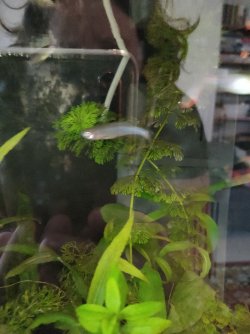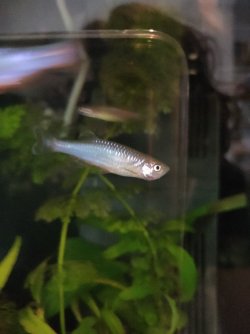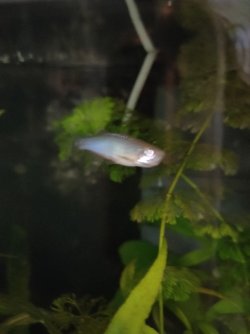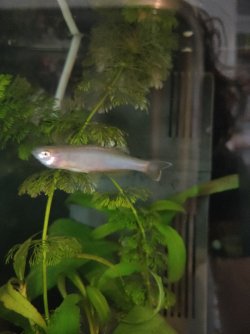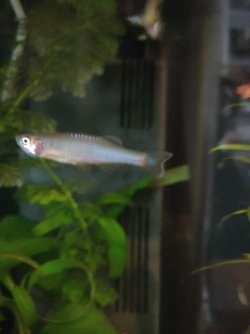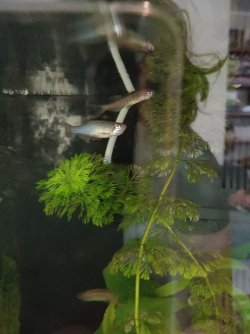You are using an out of date browser. It may not display this or other websites correctly.
You should upgrade or use an alternative browser.
You should upgrade or use an alternative browser.
Tonic salt
- Thread starter Lamie
- Start date
Lamie
Fishaholic
Lamie
Fishaholic
The giant danio is now opening and closing mouth very fast like it can't breath
Lamie
Fishaholic
Oblio
Fish Herder
If you indeed have 0.5 ppm Ammonia...
From here: (if you haven't done so already, I would advise reading it)

 www.fishforums.net
www.fishforums.net
Ammonia & Nitrite problems.
If you have an ammonia or nitrite problem in the tank, reduce the feeding to once every couple of days, and do a 75% water change each day until the levels are back to 0ppm.
Make sure any new water is free of chlorine/ chloramine before it is added to the tank.
Ammonia is produced by anything that rots or breaks down in the water. This can be fish food, fish waste, dead fish, dead plants or even rotting driftwood, although driftwood is normally safe and only rarely causes issues in aquariums. The less rotting material in the tank, and the less food going into the tank, the less ammonia that is produced. Less ammonia means less nitrite and less nitrate in the water.
If you reduce the feeding to once every couple of days, Do Not worry about the fish starving. Unlike mammals and terrestrial animals that use most of the food they eat to keep warm, most fish take their body temperature from the surrounding water. This means any food they eat is used for growing and swimming. Because of this, fish can go for weeks or even months without food and not die from starvation.
Most aquarium fish are over weight and most water quality issues are caused by too much food going into the tank, and not enough water changes being done to compensate for the food. So if there is a water quality issue (caused by ammonia, nitrite or nitrate) reduce the feeding and do big daily water changes.
From here: (if you haven't done so already, I would advise reading it)

What to do if your fish gets sick
If your fish ever looks sick or unwell, then the following steps might help. Test the Water and Clean the Tank. Test the water quality for ammonia, nitrite, nitrate and pH and write the results down in numbers. Check it for general hardness (GH) and carbonate hardness (KH) too if you can, but...
 www.fishforums.net
www.fishforums.net
Oblio
Fish Herder
I added a bunch of fish (~25) to a well established 125 G and it likely overwhelmed the existing bacteria. One of my Tetras died around the second ammonia spike (0.3 ppm) in graph below. Once the the bacteria caught up, I have not had any deaths. Now I don't know if ammonia was the root cause, and this is anecdotal, but it does show you what may happen if you add too many fish at once, even in a large tank.

Lamie
Fishaholic
I wonder if the increase in babies platys has changed the environment and it has also become overcrowded as a result
Similar threads
- Replies
- 8
- Views
- 751
- Replies
- 16
- Views
- 369

